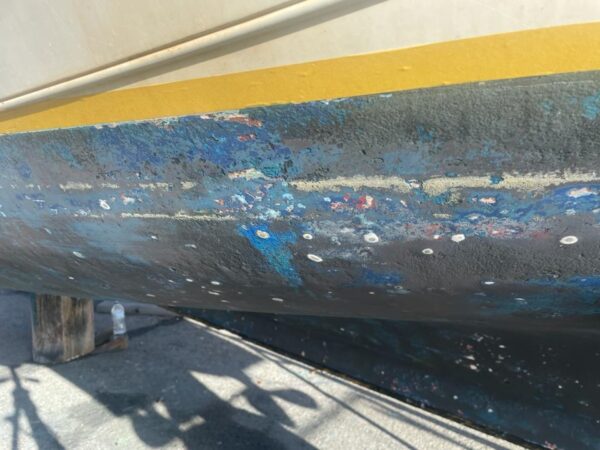When thinking about an anti-osmosis process, we must know that there are two possible reasons:
- There is already a presence of osmosis in the hull.
- There is no presence of osmosis, but the hull does not have the preventive treatment applied.
IF WE OBSERVE THE PRESENCE OF OSMOSIS IN THE HELMET For a correct process, we will carry out a sweep with a sandblaster up to the surface of the Gel Coat, once all the the layers will be valued in the areas in which it is necessary to reach the fiber. Our technicians will take measurements with the Hygrometer, to see the humidity levels and when these levels are adequate, the anti-osmosis process can begin. THERE IS NO PRESENCE OF OSMOSIS, EXCESS OF LAYERS OF ANTIFOULING OR LIVING WORKS WITHOUT PREVENTIVE TREATMENT OF OSMOSIS For a correct process, we will carry out a sweep with a sandblaster, removing all the layers up to the Gel Coat. As in the previous process, our technicians will make measurements with the Hygrometer, to see the humidity levels and ensure that it indicates adequate values. Thus we will leave the entire surface of the work alive, ready and prepared for the corresponding preventive treatment of osmosis. With these anti-osmosis processes, we will be protecting the living work from contact with sea water. But we must bear in mind that the bilge and adjacent surfaces must be completely dry at all times, since otherwise the water would seek an outlet and could give rise to future problems.


